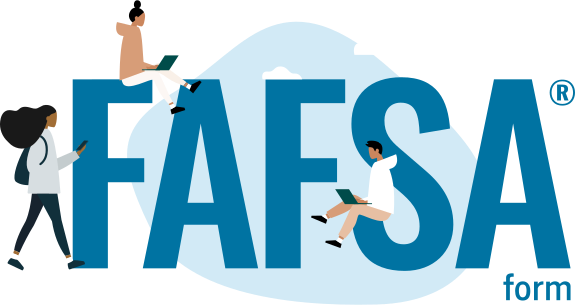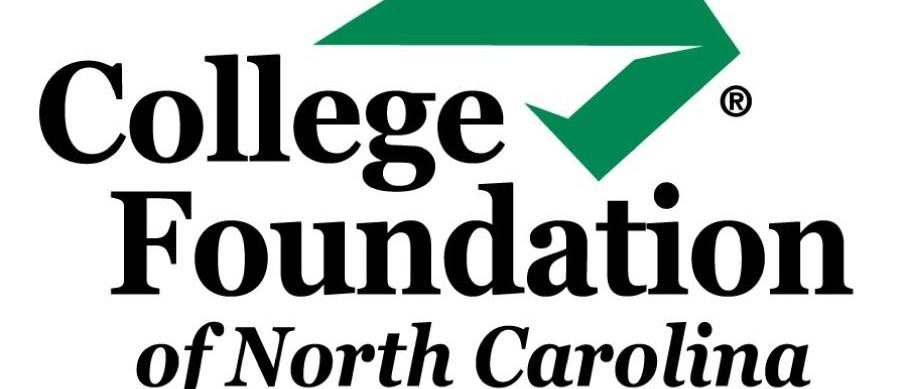We think and talk about FAFSA a lot at the Land of Sky P20 Council. Our fixation on FAFSA stems from our goal to increase postsecondary enrollment success (i.e., college enrollment and persistence) in our four counties (Buncombe, Henderson, Madison, and Transylvania). Last month we posted an update about FAFSA submissions. This month, now that we’re farther along in the Spring semester, and high school seniors are getting closer to graduation, we checked on FAFSA completions.
What Is the Difference Between FAFSA Submissions and FAFSA Completions?
The Federal Student Aid office explains the difference between FAFSA submissions and FAFSA completions in this way:
Submitted applications reflect all FAFSA forms submitted by students at that high school. However, these applications can be subsequently rejected by the Central Processing System if they are missing key pieces of information. The applications that are not rejected are referred to as completed applications. Completed applications are a subset of all submitted applications.
A completed FAFSA form is necessary to determine eligibility for federal student aid and often other forms of financial aid.
How Are FAFSA Completions Connected to College Enrollment and Persistence?
You might be wondering why we pay so much attention to FAFSA completions when our goal has to do with college enrollment and persistence. Well, we know that FAFSA completion is an important indicator–in fact, the most important indicator–of whether a student will enroll in college. According to the National College Attainment Network (NCAN), there is a strong correlation between FAFSA completion and college enrollments:
FAFSA completion is strongly associated with postsecondary enrollment: 92% of seniors who completed the FAFSA enrolled by the November following graduation vs. 51% who did not complete a FAFSA.
Our statewide partner myFutureNC further explains why FAFSA completion matters:
FAFSA completion is necessary for students to receive federal student aid; it is also used by many states and colleges to determine student eligibility for state and school aid. Many students who are eligible for financial aid don’t ever fill out their FAFSA form. High school seniors in the most economically distressed communities are less likely to complete the FAFSA than students from wealthier districts.
This leaves money on the table—lots of it.
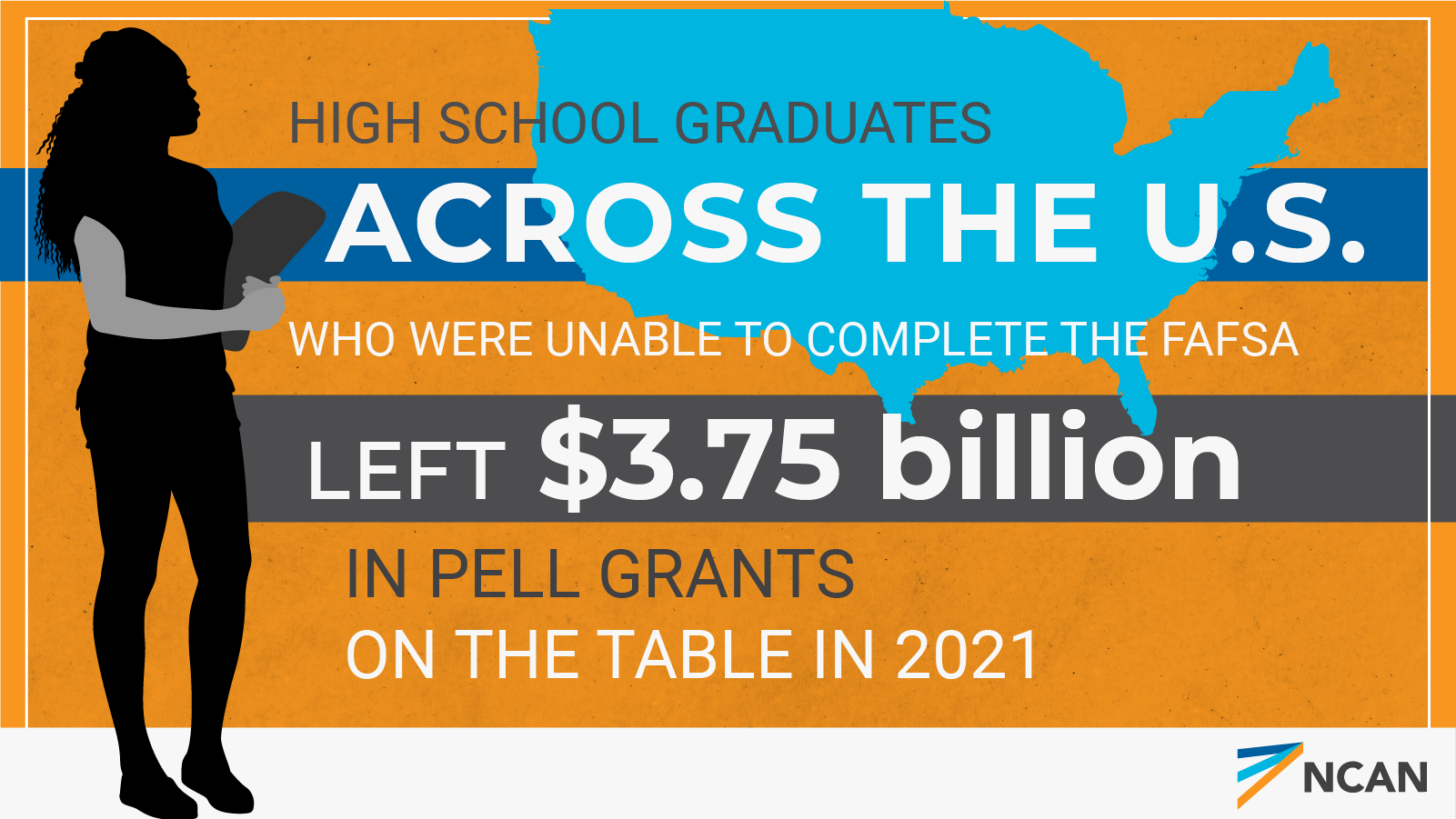
Source: NCAN
What Is the Land of Sky P20 Council's FAFSA Completion Goal?
All four of our counties have the same FAFSA completion goal, which we adopted from our statewide partner, myFutureNC:

By 2030, the goal is that 80% of North Carolina high school seniors will complete the FAFSA.
What Are the Current FAFSA Completion Rates for the Land of Sky Region?
The image below shows the percentages of seniors who have completed the FAFSA at each high school for each of the five school districts in our region.
- Buncombe County has the highest FAFSA completion rate by county (39%).*
- Henderson County has the lowest FAFSA completion rate by county (23%).
- Nesbitt Discovery Academy (Buncombe County Schools) has the highest FAFSA completion rate for an individual school (61%).
- East Henderson High School (Henderson County Public Schools) has the lowest FAFSA completion rate for an individual school (14%).
*Includes FAFSA completion rates for both Asheville City Schools and Buncombe County Schools.
How Do the 2024 FAFSA Completion Rates Compare to the 2023 Rates?
FAFSA completion rates for the current class of seniors only tells us part of the story. To put the percentages from the image above into context, we next need to compare them to the completion rates for the previous class at this time last year. To do that, we checked the FAFSA Tracker from NCAN and pulled year-over-year data for our five school districts. Compared to the high school class of 2023, FAFSA completions for the current high school class of 2024 are down 36.6%. The chart below shows the changes in FAFSA completions from last year (April 5, 2023) to this year (April 5, 2024) for each of the five school districts in our region. The data show that FAFSA completions are down significantly in all five school districts this year compared to the same date last year.
Here are a few insights from this data:
- The average decrease in FAFSA completions for our region is -34.8%.
- The smallest decrease in FAFSA completions was at Madison County Schools (-19.6%).
- The largest decrease in FAFSA completions was at Henderson County Public Schools (-46.8%).
And, here is the breakdown of year-over-year FAFSA completion changes by school within our five school districts.

Asheville City Schools (-34.8%)
- Asheville High School: -36.5%
- School of Inquiry and Life Sciences at Asheville (SILSA): -28.6%

Buncombe County Schools (-30.0%)
- Buncombe Early College: -57.1%
- Enka High School: -25.0%
- Erwin High School: -52.4%
- Nesbitt Discovery Academy: -26.0%
- North Buncombe High School: -30.4%
- Owen High School: -29.2%
- Reynolds High School: -24.6%
- Roberson High School: -20.6%

Henderson County Public Schools (-46.8%)
- East Henderson High School: -60.0%
- Henderson County Early College: -50.0%
- Hendersonville High School: -45.9%
- North Henderson High School: -45.1%
- West Henderson High School: -40.9%
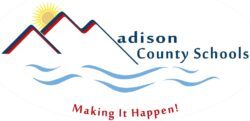
Madison County Schools (-19.6%)
- Madison High School: -19.6%
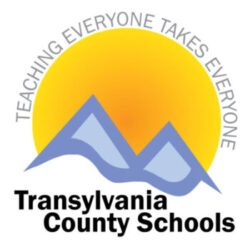
Transylvania County Schools (-42.7%)
- Brevard High School: -36.0%
- Rosman High School: -64.3%
Why Have FAFSA Completion Rates Dropped So Much?
While it’s difficult to know exactly why FAFSA completion rates have declined so much compared last year, we can make some assumptions about factors that are likely driving the decrease.
- There was a lengthy delay in launching the new FAFSA. Usually students can start filling out the FAFSA in October, but this year the revised FAFSA wasn’t consistently and completely available until January 8th–more than three months later than usual.
- The new FAFSA form and online portal have been prone to glitches and errors. There have been many problems with the new FAFSA that prevented parents who don’t have Social Security Numbers from starting to fill out a FAFSA, that got students born in 2000 stuck in a loop to the “student unusual circumstances” page, and many other bugs and issues.
- Many submitted FAFSA forms require corrections, but students haven’t had access to make those corrections. The U.S. Department of Education indicates that as many as 16% of submitted FAFSA forms need student corrections.
In addition to this year’s extra challenges, there are many reasons why students don’t complete the FAFSA in any given year, as indicated in the graphic below about the leaky FAFSA pipeline.
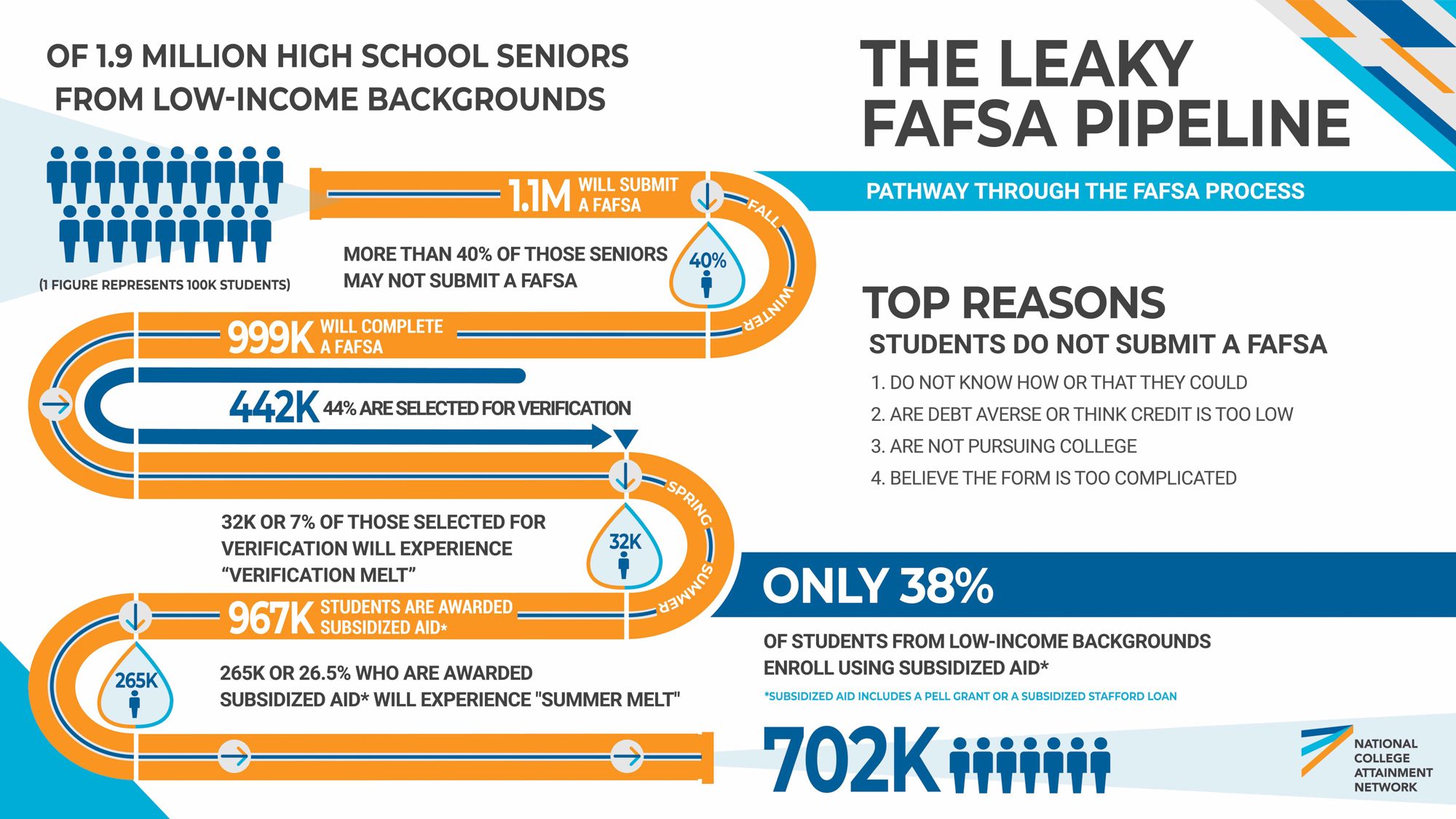
Source: NCAN
How Is the Land of Sky P20 Council Working To Increase FAFSA Completions?
We focus most of our efforts on two of the four reasons given in the graphic above for why students do not complete the FAFSA:
- Do not know how or that they could
- Believe the form is too complicated
Some of our initiatives aimed at increasing FAFSA awareness and supporting students and families in completing the FAFSA include assisting with FAFSA Day, running a FAFSA sweepstakes, and developing our FAFSA PACK and loaning it out to our local school counselors. In addition to the annual FAFSA Day, we also promote other opportunities that our local colleges and universities offer for students and families in our four counties to get help filling out the FAFSA.
On April 15, 2024, our Executive Director, Emily Nicholson, joined our frequent collaborator, Devon McCarthy-James, Regional Representative for Western North Carolina for the College Foundation of North Carolina (CFNC), to table at the WNC Career Expo during the student and educator portion of the event. They used a variety of FAFSA materials from CFNC as well as our own FAFSA PACK to help raise awareness of FAFSA, educate students about the benefits of completing the FAFSA, and inform students and teachers about resources available for families to help with filling out the FAFSA.


Emily Nicholson (left) and Devon McCarthy-James (second from left) talk with students at the WNC Career Expo on April 15, 2024.
Devon McCarthy-James (left, seated) and Emily Nicholson (second from left, standing) share educational materials about FAFSA with students at the WNC Career Expo on April 15, 2024.


Devon McCarthy-James (right) educates students about FAFSA at the WNC Career Expo on April 15, 2024.
Students at the WNC Career Expo on April 15, 2024, learn about FAFSA using the prize wheel from the Land of Sky P20 Council’s FAFSA PACK.
What FAFSA Resources Are Available?
For help with FAFSA and assistance for all situations, we recommend visiting CFNC’s FAFSA Assistance webpage. There you will find resources for parents, students, and school counselors and other professionals. Tailored tip sheets are available for Adult Learners, Veterans, Refugee Students, Undocumented Students, and other special populations. Many of their materials are available in both English and Spanish.
Data sources for this post: NCAN’s FAFSA Tracker and CFNC’s FAFSA Tracker.
